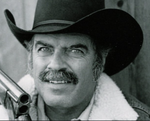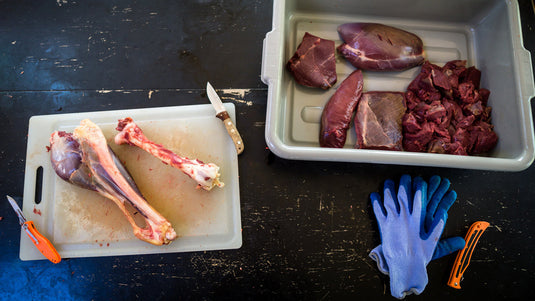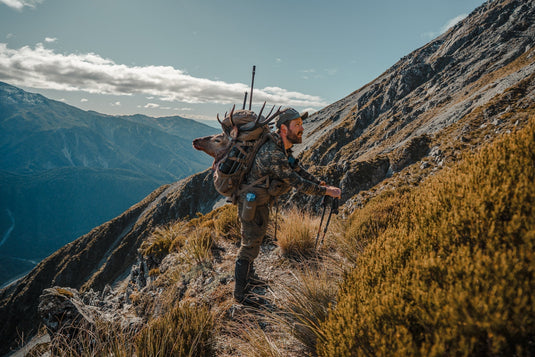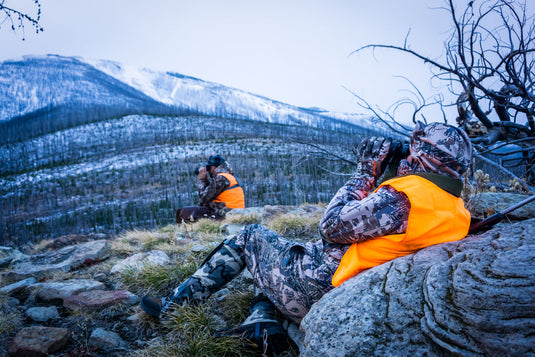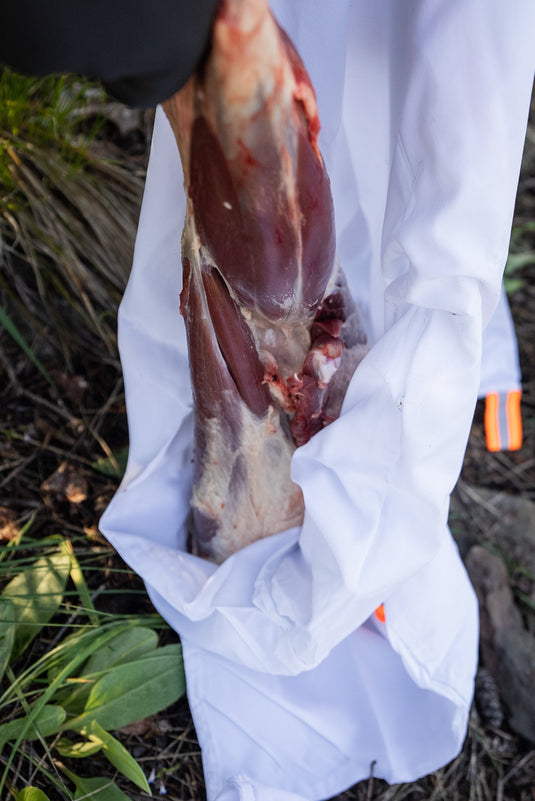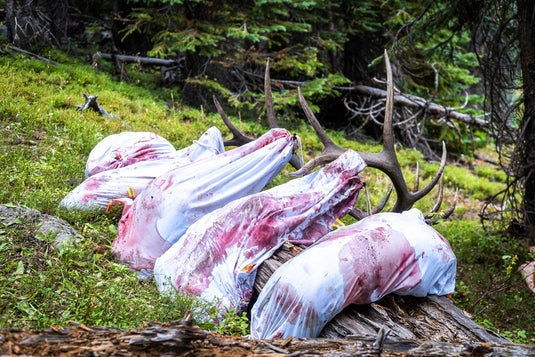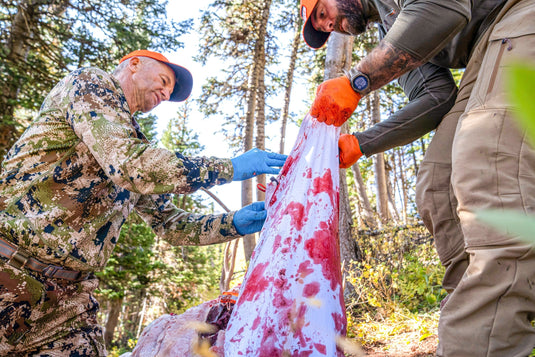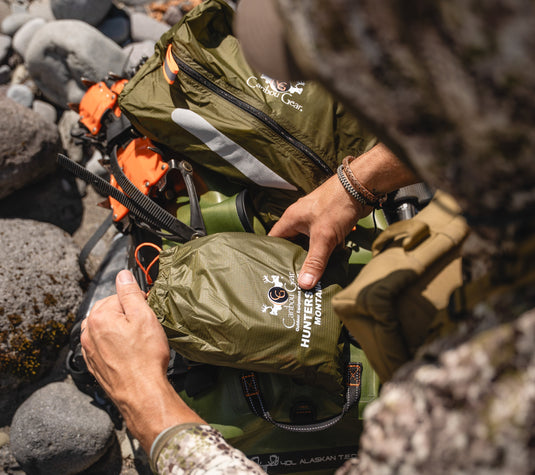With turkey seasons open in the U.S., many of us see this as a big deal. We’ve been waiting for turkey season for many months. That’s why I find it so peculiar that many big game hunters are totally disinterested in pursuing the big birds, especially since not much is going on in the woods in the spring. To me, turkey hunting is a profound addiction.
Perhaps that reluctance to try for turkeys is being unaware of the emotion and excitement caused by all the aspects of the hunt. One needs to be out there to understand. It’s impossible to convey your feelings to one unfamiliar with turkey hunting when you suddenly hear the gobble. Your brain reacts and you come to full alert. The hunt is on.
Many people see wild turkeys in an environment where they admittedly are unwary and, to be blunt — stupid. Those folks see no challenge in hunting the perceived dumb birds. Fact is, many wildlife species behave differently during different times of the year. Turkeys that live in mountainous areas must migrate to lower elevations to survive the winter. Deep snow covers the ground in the high country and turkeys naturally head for farms and ranches where they’ll hang with livestock. As spring progresses, they’ll work their way back up the mountains. When you observe turkeys in places where they’re unafraid of you, it’s no wonder that people think they’re morons. But once in the woods they undergo an amazing transformation. Gone are the tolerances they hold for human presence. They become wild birds in every sense of the name.

I’ve heard people say that all you need to call in those birds around livestock is to shake a can of grain and they’ll come running. When people believe that it’s another reason why wild turkeys are considered idiots.
The same holds true with birds that live in towns year round. They become a nuisance and may literally become bold and nasty enough to chase people. Recently, the residents of a small town near my home had had it with turkeys that were becoming a major annoyance. The town fathers convinced the state wildlife agency to do something about it and 25 birds were shot and donated to needy people. People who see those birds cavorting in neighborhoods, city parks and golf courses don’t have much respect for turkeys in terms of being a challenging quarry.
I chatted recently with a buddy who is a passionate big game hunter but has never had an interest in turkey hunting. When I asked him why he said he didn’t see much challenge. He said turkeys were pushovers and he wouldn’t waste his time hunting them.
I convinced him to accompany me on a turkey hunt. We went to a public area where birds were wary and acting like wild turkeys. Though we had many encounters I couldn’t call a bird within shotgun range. They were henned up. My pal was interested enough to go out with me again. After a long session of calling to a very responsive gobbler the bird finally approached within shotgun range and I killed him. That did it. A new world opened up to my friend and now he can’t wait for turkey season every year.

Some years ago I happened to meet the manager of a large cattle ranch in Montana in a small town cafe. I didn’t know him and we struck up a friendly conversation. He asked why I was dressed in camo in the spring and I told him I was hunting turkeys. He seemed amused and invited me to hunt his ranch where he claimed there were hundreds of turkeys. I wasn’t sure if he was putting me on or was serious until a couple other guys confirmed that his ranch indeed had plenty of turkeys.
As we drove to the ranch in Bob’s pickup he told me the birds were bold. They never ran from his pickup, because they’d been hunted lightly. And besides, he fed livestock all winter and the birds were accustomed to his truck.
“All you gotta do is step outta the truck when we’re close to a tom and shoot it.” He said.
I wasn’t sure how to respond. To me, turkey hunting was all about calling. I wasn’t interested in just shooting one from the road, even though it was legal to shoot from the two-track road that wound around the cottonwood trees in the river bottom.
“How about I call one in and then shoot it?” I answered.
“You bet,” Bob responded. “I’ve never seen a turkey called in.”
It was only a couple minutes before we entered the cottonwood forest when we heard a turkey gobble. I told Bob to stop the truck. I put my face mask on, camo gloves and hat, grabbed my gun and was about to step out when Bob grinned and said, “you really need all that stuff?” I smiled, gave him a thumbs up and told him to drive the truck down the road.
The gobbler was quick to respond to my call, but he wasn’t about to commit without some serious coaxing. I worked him for 15 minutes when he finally walked in range. He was mine at the shot.
Bob roared over in the truck and looked at the bird. He was amazed.
“I saw it all,” Bob said. “After I parked the truck I eased a little closer where I could see you. Then I saw the turkey walk in. Next thing I knew he was flopping on the ground after you shot. Now I know why you wanted to call it in. That was exciting.”

Afterward Bob explained that the turkeys hung out in the cottonwoods because that’s where the livestock were fed all winter. As breeding time drew near, the birds migrated out of the bottomlands to the surrounding pine forests where they bred and the hens nested.
Bob and I remained friends and he invited me back, but this time he joined me as we hunted with calls. We pursued the birds up in the pines where they had lost their tolerance of man and behaved like wild turkeys.
I think one of my greatest hunting pleasures is mentoring someone who has never hunted the birds before, especially people like Bob who have grown to believe that all turkeys are stupid and then having those disbelievers converted into avid turkey hunters. But there’s typically an issue with those folks because they have no clue how incredibly sharp a turkey’s vision and hearing are, so it takes more convincing which often leads to failure.
Take the time I hunted with a guy who lived in a rural area and knew where a flock of turkeys were feeding in a field every day. He had never hunted turkeys before and he invited me to show him some pointers. When I showed up I was pleased to see he was fully dressed in camo. We drove down the ranch road and saw the flock exactly where he’d seen them before. The birds paid us no mind. We continued down the road, parked the truck and eased back toward the birds. I told my companion to stay low and crawl behind a screen of trees that effectively offered a visual barrier between us and the birds. All went well, and we were almost to an area where I intended to call. The birds were about a hundred yards away in the field. Unfortunately my friend stood straight up to look at the birds. That was it. A few sharp putts from the birds and they were on their way, racing across the field and onto a piece of property we didn’t have permission to hunt. My friend was embarrassed and upset, but it wasn’t his fault. He simply was unaware of a turkeys’ incredible eyesight.
On another occasion I was easing along a ridge with a newcomer to turkey hunting when we heard a gobbler sound off about 60 yards in front of us. I immediately stopped and slipped behind a cluster of small pines. I told my friend to stay down but to keep his gun ready. We had been taken completely by surprise and there was no time to find a good calling location. After more calling the gobbler responded but wasn’t interested in approaching. I think he might have heard us walking and was suspicious. My friend decided to move a yard to the left where he might see what the bird was doing. Moments later we saw the tom running away. Five minutes later we heard the tom again, this time from at least a quarter mile away. My friend suggested we follow. I asked him if he’d seen the bird when he moved. He said he had and the bird had seen him too. I knew at that point it was futile to follow and try to call that bird. The tom gobbled again, this time much farther away. My friend believed we could indeed call it successfully. I didn’t want to be rude and decided to give it a try. We headed in the direction of the last gobble and walked and called fruitlessly for 20 minutes. When I heard the bird gobble a long, long way away I knew we were on a wild goose chase and called off the pursuit.
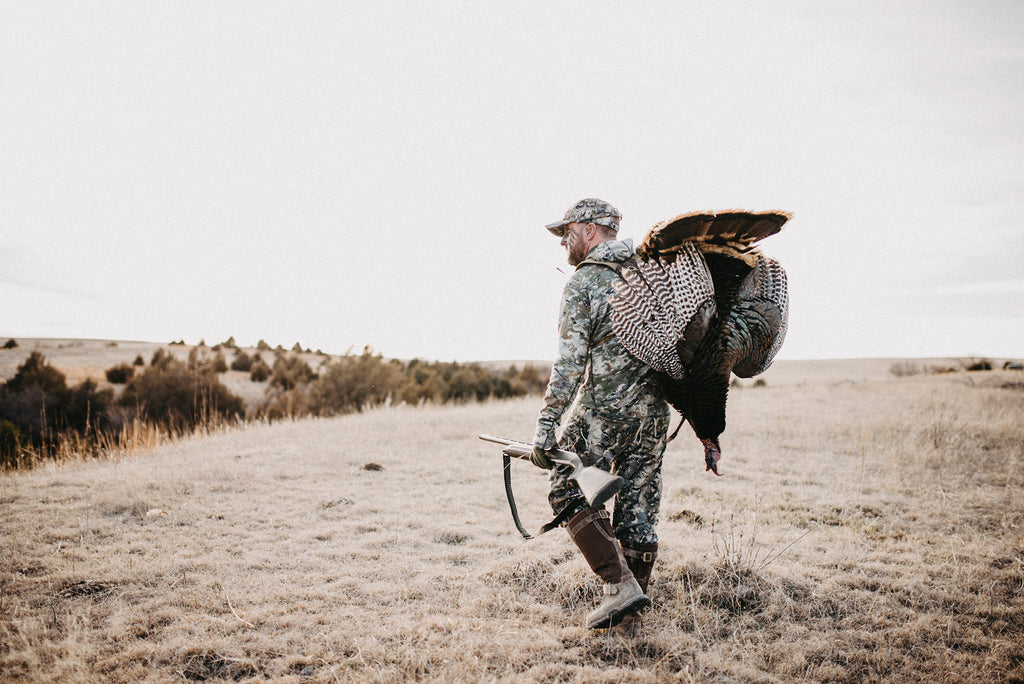
Outdoor TV shows are a big reason why people are led to believe that turkeys are easy to hunt. You typically see videos where the hunters are in a blind, give a few calls and the next thing you see are gobblers trotting in. The hunter waits until it’s in range and shoots it. What you don’t know is that the TV host selects footage that shows only successful hunts. What you don’t see is the footage of many hunts that had no kills.
Bottom line — I really do enjoy mentoring folks, especially kids, who are rookies in the turkey woods. In fact, kids are quicker learners than adults. They pay attention and don’t come off as know-it-alls. There’s a lot of satisfaction when you see that novice take a turkey, but there’s a big learning curve that requires patience as well as knowledge to instill turkey hunting wisdom in that person. No one is perfect. Everyone makes mistakes. I made plenty of mistakes when I first started hunting turkeys and I still do. Minimizing those mistakes, or better yet eliminating them is the key to success.


